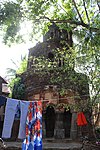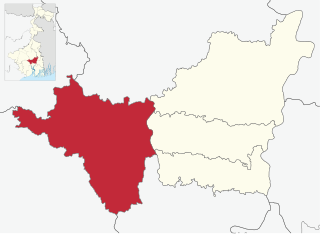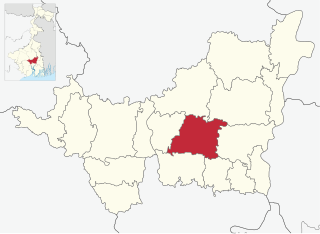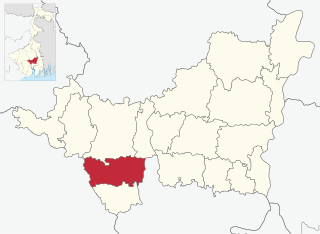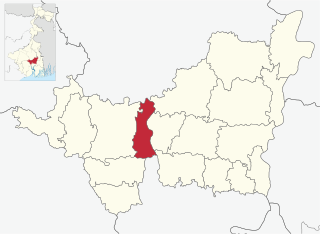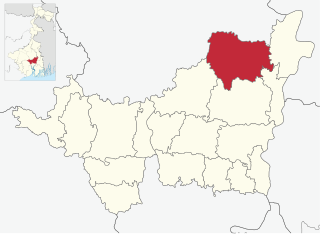Agriculture
This is a rich agricultural area with several cold storages. [16] Though rice is the prime crop of the district, the agricultural economy largely depends on potato, jute, vegetables, and orchard products. Though potato is cultivated in all the blocks of this district Dhaniakhali, Arambagh, Goghat, Pursurah, Haripal, Polba-Dadpur, Tarakeswar, Pandua and Singur contributed much of its production of this district. [17]
Some of the primary and other hats or markets in the Goghat I and Goghat II CD Blocks are: Amar hat, Baddangang hat, Bengali market, Ballihat, Goghat market, Hazipur hat, Khatul hat, Kamarpukur, Madina market, Shyambazar hat, Shyamballabhpur market, Badanganj hat and Dewagang hat. [18]
The Tebhaga movement launched in 1946, in 24 Parganas district, aimed at securing for the share-croppers a better position within the existing land relation structure. Although the subsequent Bargadari Act of 1950 recognised the rights of bargadars to a higher share of crops from the land that they tilled, it was not implemented fully. Large tracts, beyond the prescribed limit of land ceiling, remained with the rich landlords. From 1977 onwards major land reforms took place in West Bengal. Land in excess of land ceiling was acquired and distributed amongst the peasants. [19] Following land reforms land ownership pattern has undergone transformation. In 2013-14, persons engaged in agriculture in Goghat II CD Block could be classified as follows: bargadars 10.38%, patta (document) holders 17.80%, small farmers (possessing land between 1 and 2 hectares) 3.70%, marginal farmers (possessing land up to 1 hectare) 28.23% and agricultural labourers 39.90%. [14]
Goghat II CD Block had 85 fertiliser depots, 8 seed stores and 43 fair price shops in 2013-14. [14]
In 2013-14, Goghat II CD Block produced 95,203 tonnes of Aman paddy, the main winter crop from 32,498 hectares, 13,351 tonnes of Boro paddy (spring crop) from 4,271 hectares, 1,346 tonnes of Aus paddy (summer crop) from 550 hectares and 40,723 tonnes of potatoes from 3,350 hectares. It also produced oilseeds and some wheat. [14]
In 2013-14, the total area irrigated in Goghat I and Goghat II CD Blocks was 27,605 hectares, out of which 10,300 hectares were irrigated by canal water, 4,270 hectares by tank water, 870 hectares by river lift irrigation, 840 hectares by deep tube wells and 11,325 hectares by shallow tube wells. [14]



